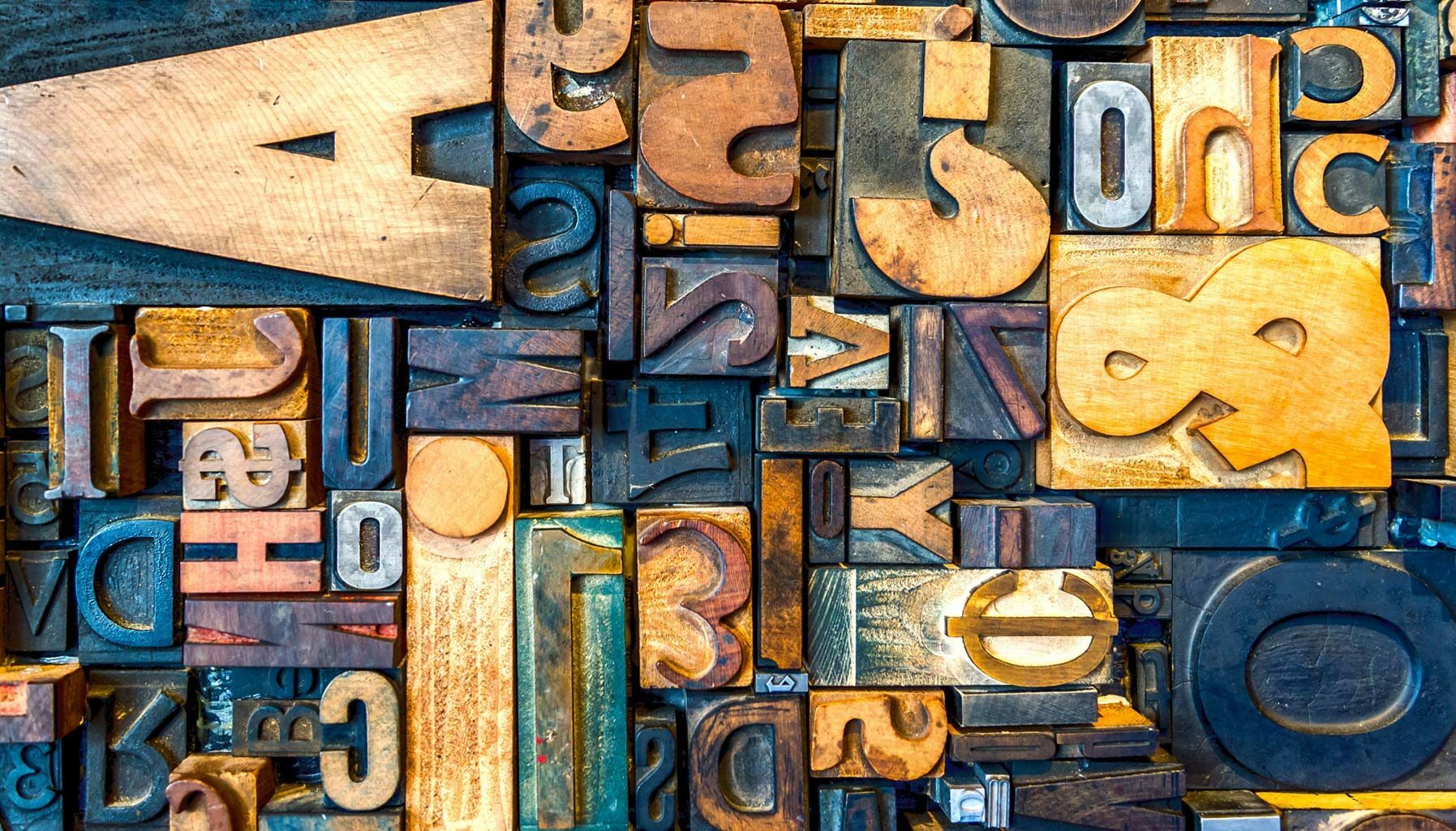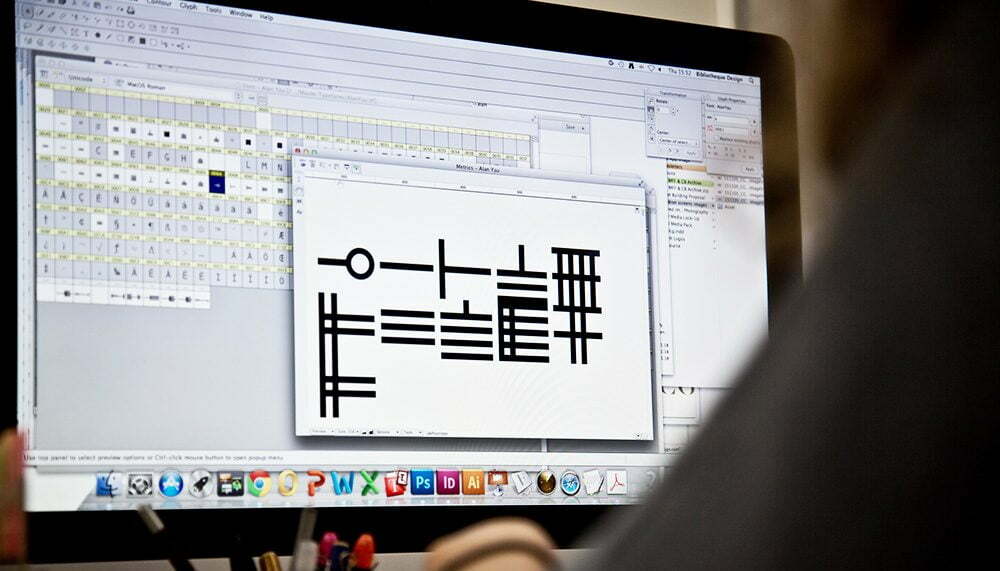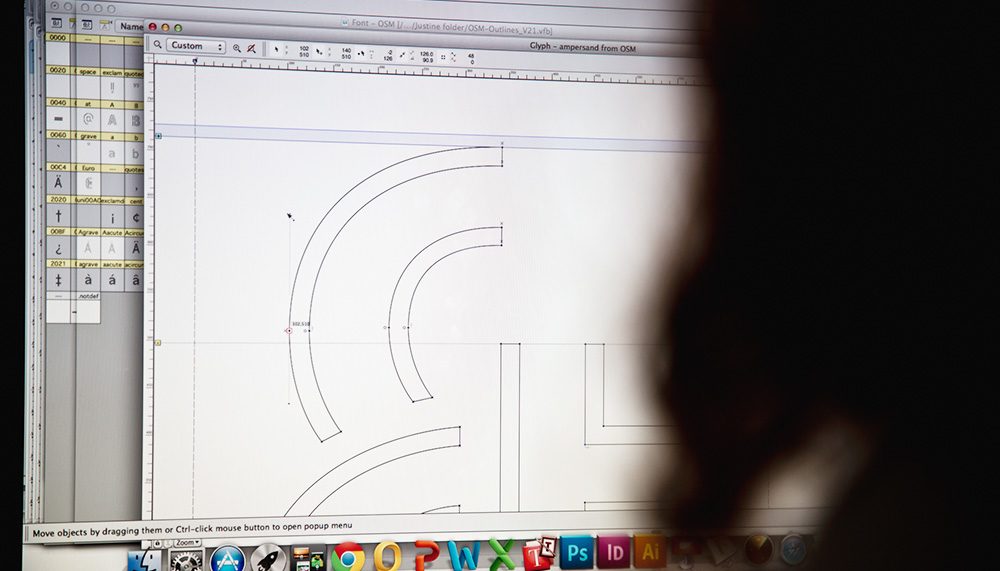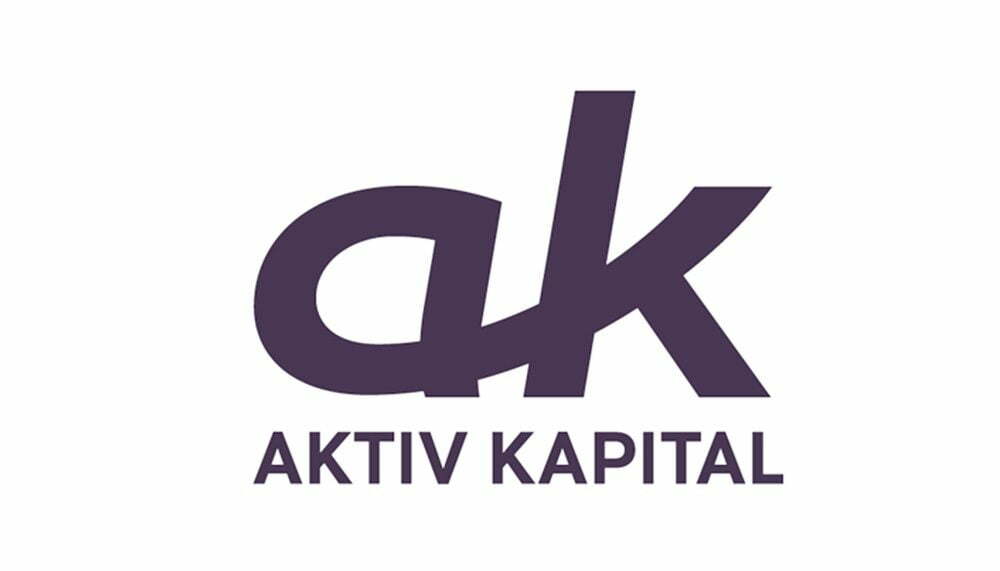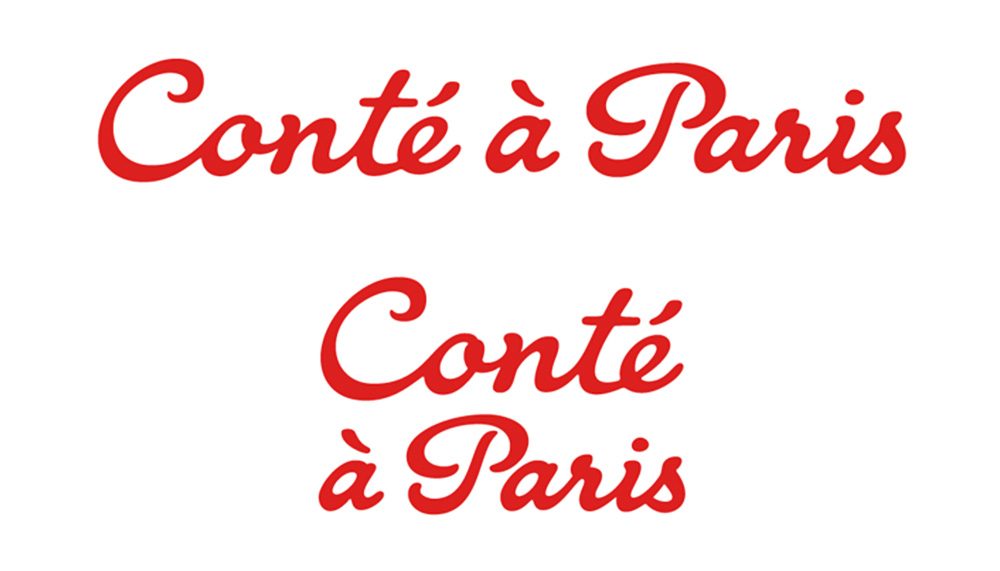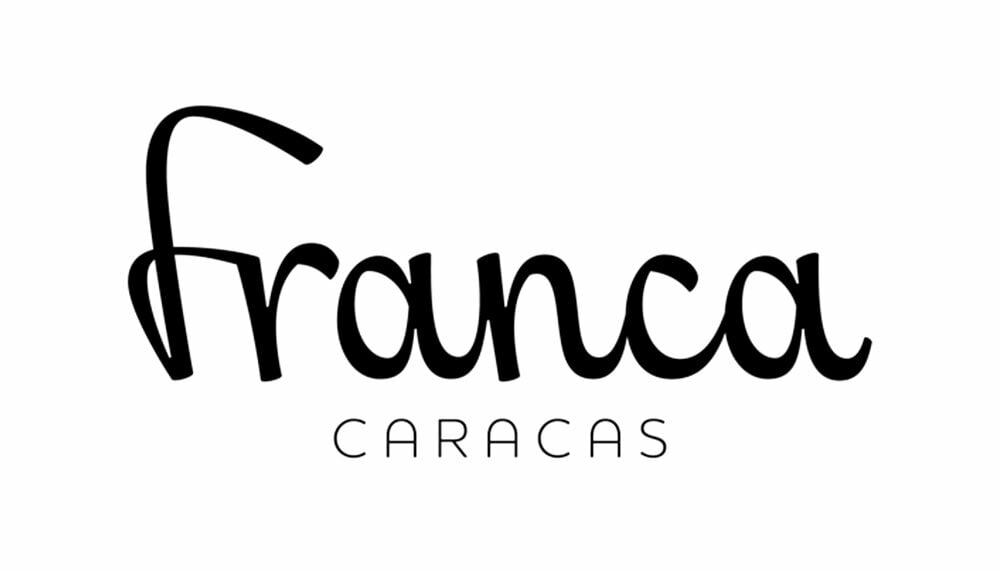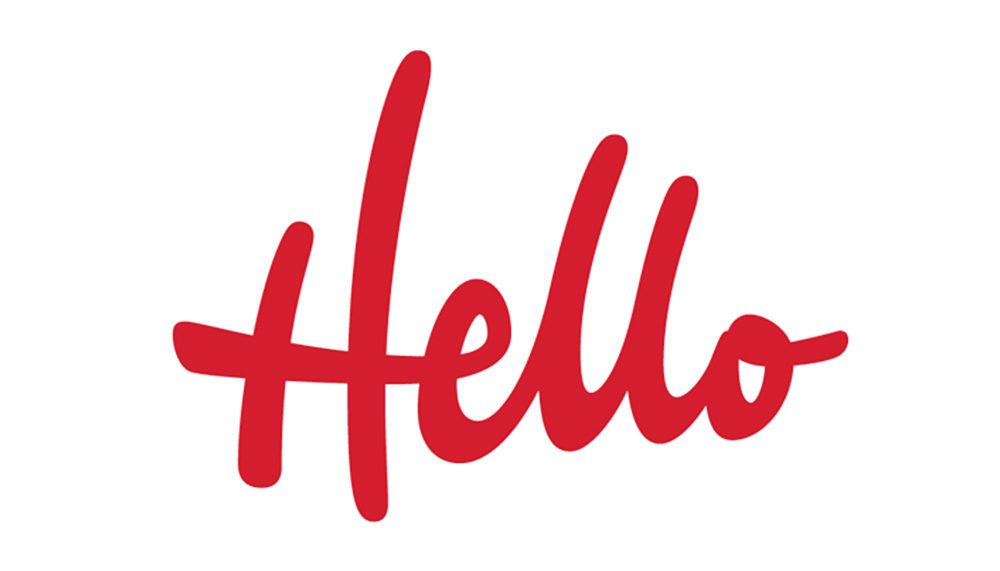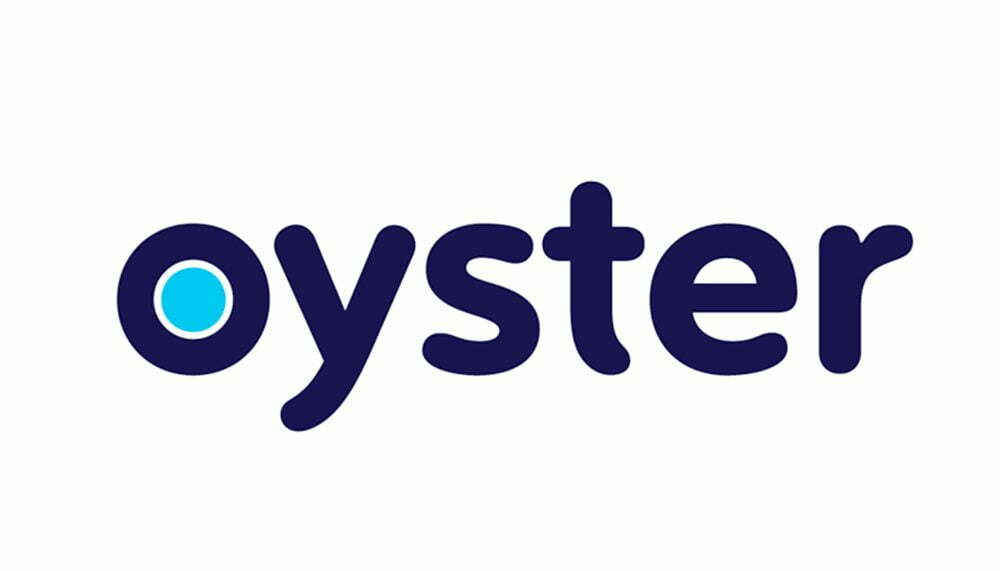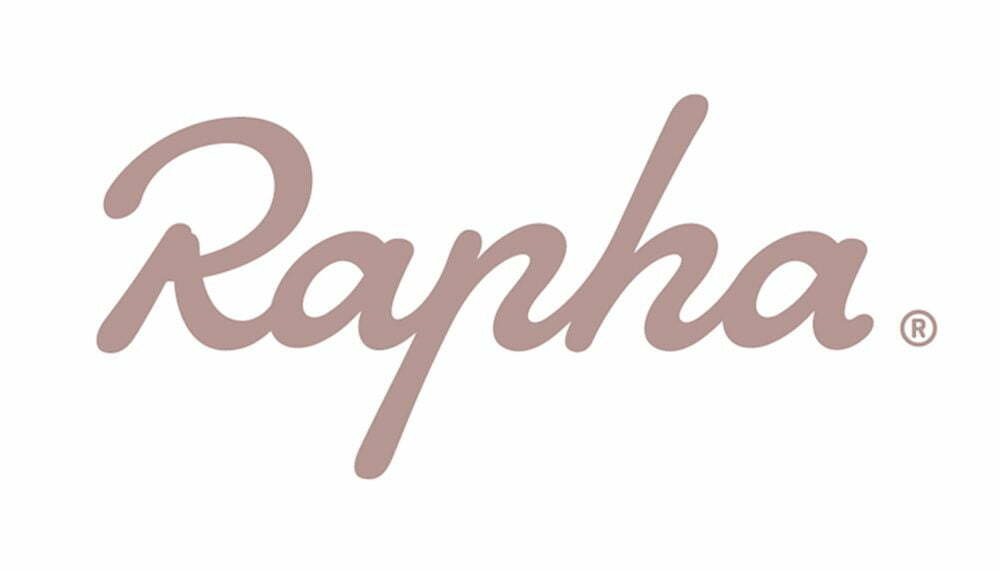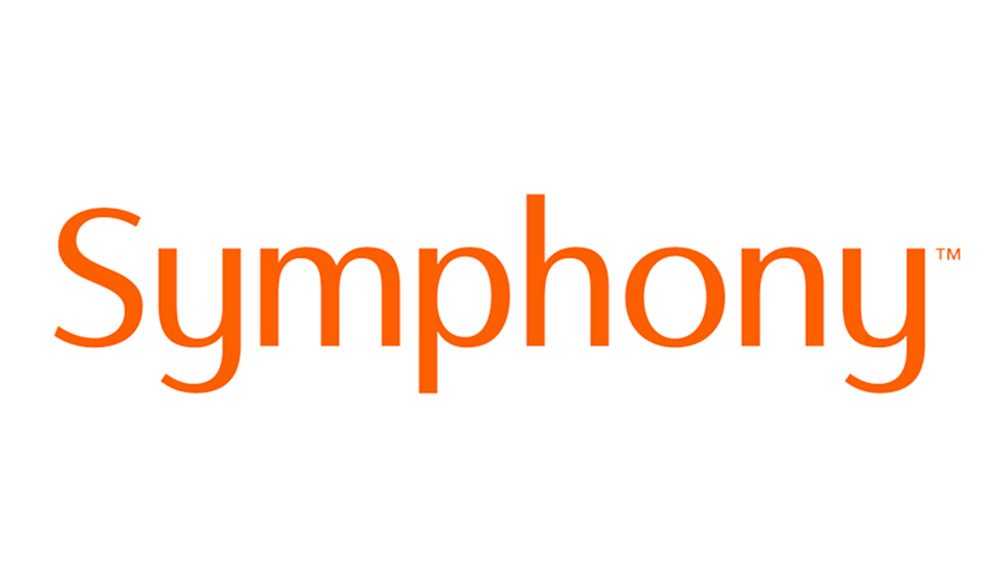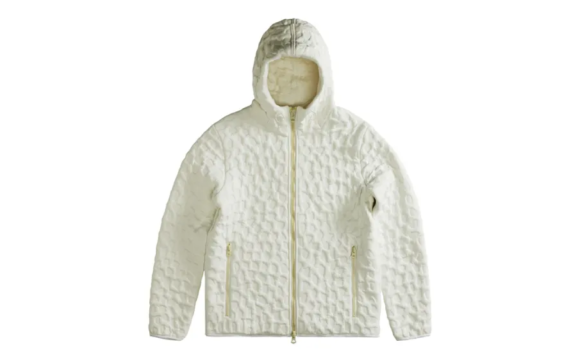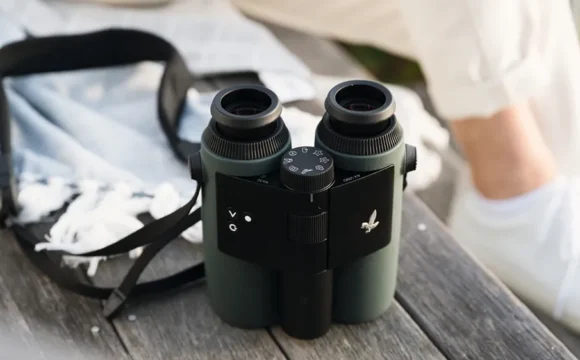PERSONALISATION ENTERS A NEW CHAPTER WITH BESPOKE TYPEFACES
Even in the digital era of email, stationery still sells well. But could printing a letter, rather than writing one, be made personal too? One might make it special by using bespoke paper of course, but how about making the very type itself your own?
This is something companies have long done. A typeface (a character set of letter, number and punctuation forms) is like a logo and acts as a means of communicating values. But, with the notion of the ‘personal brand’, arguably such a distinction between corporation and individual is diminishing. Beyoncé and Bjork are just two performing stars who have had custom fonts created for their record labels.
“Having a bespoke typeface made is the logical continuation of the bespoke suit, monogrammed luggage or personal stationery, and the only reason it hasn’t been more commonplace in the past was because of the limitations of production," explains Mason Wells, director of award-winning London-based graphic design agency Bibliotheque which designs bespoke typefaces. A particularly distinctive one was an abstract typeface based on the Chinese numerical and Roman alphabet systems for gallery owner and restauranteur Alan Yau. The typeface was culturally significant to him and reflected his enigmatic personality.
“Digitisation has made it relatively easy to make your own typeface. Millions of typefaces exist, but there are good reasons for having your own," Wells adds. “People are surrounded by so many brands these days that they want to express themselves in a similarly professional and aspirational manner."
And they are doing just that. “It used to be all businesses, but individuals do make approaches for bespoke typefaces now, though often they’re entrepreneurs. Sometimes they want to use it to double up in use for business too," says Joe Graham, the production director of specialist type design agency G-Type , also in London.
The process is akin to that of commissioning any bespoke product: clients benefit from doing some preliminary research to better understand what they want, and then a brief is written. A good agency helps the client understand the idiosyncrasies of type design (it’s less about the look of the individual letterforms so much as how they work together, for instance), researches their background to better express who they are and understands what uses the typeface may be put to.
“What’s key is an appreciation of how the client wants to employ their typeface," stresses Graham. “Is it just going to be in print, online or even in an app, for example. You’d want a typeface to work well bigger for a letterhead, but to work well much smaller if it’s going to appear on a screen."
Inevitably, the more complex the typeface – does the client want different weights, for example, or italics or bold italics too – the longer, and the more expensive, the process will be. Graham suggests that THB2,609,770 to THB5,219,530 for a single western European typeface, upper and lower case, would not be atypical. He adds that clients typically want a typeface that covers multiple languages, and Arabic and Cyrillic are often requested. Thankfully, he adds, people who commission typefaces are usually well-versed in the commissioning of bespoke products in general.
“It’s a labour-intensive piece of work and justifying the time and cost to an individual client is often the hardest aspect of the job," Graham notes. “Typography design is a very skill-intensive art form."
That may mean that approaching a small design agency could make more sense than a major international operation. Fortunately, another shift in the graphic design business – away from the domination of typeface design by large type foundry companies such as Linotype and ITC to independent typeface designers – assists those who are interested. As in the art world, hiring a young gun might even be an investment in a future major player. A decade or so ago, New York- based graphic designer Joshua Darden was commissioned by a website designer to create a bespoke typeface for her wedding invitations. Now, much more established as Darden Studio, he only takes on jobs for large clients.
But regardless of who designs the typeface, the result, if done well, is a typeface for life. Although it is worth noting that it is not one that, so far, can be copyrighted. So although the client and designer may be the only people with access to the complete character set, once in use it is impossible to prevent the typeface from potentially proving to be an inspiration for a close copy. “Still, your own typeface allows you to really stand out from the pack, because, unlike bespoke luggage or clothing, bespoke typefaces are still unusual," Graham says.
“They tend to be for people who really appreciate design." This is just as well, since it is probably only other design-aware individuals who may notice that your letterforms are custom. Such is the largely subconscious way in which typefaces work to better convey the information in the words they form.
For those who do notice, they might well see it used in varied ways. “That idea of personal branding is an interesting and increasingly relevant one," Wells says. “And it’s in the implementation of your typeface that its personal nature comes to life. From a monogram on a tie to the livery on a private jet, from tableware to dinner invitations, it becomes another signature."

